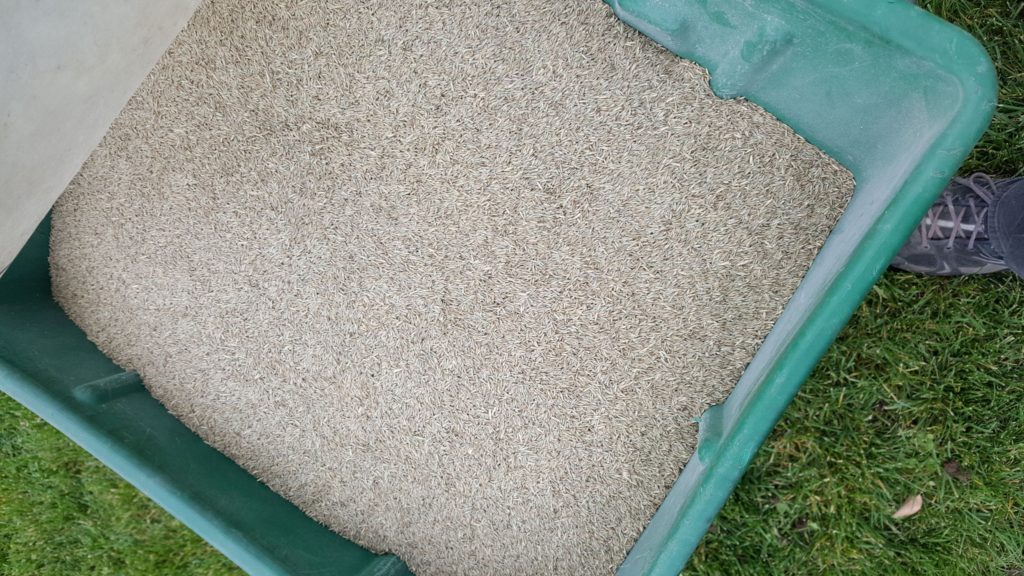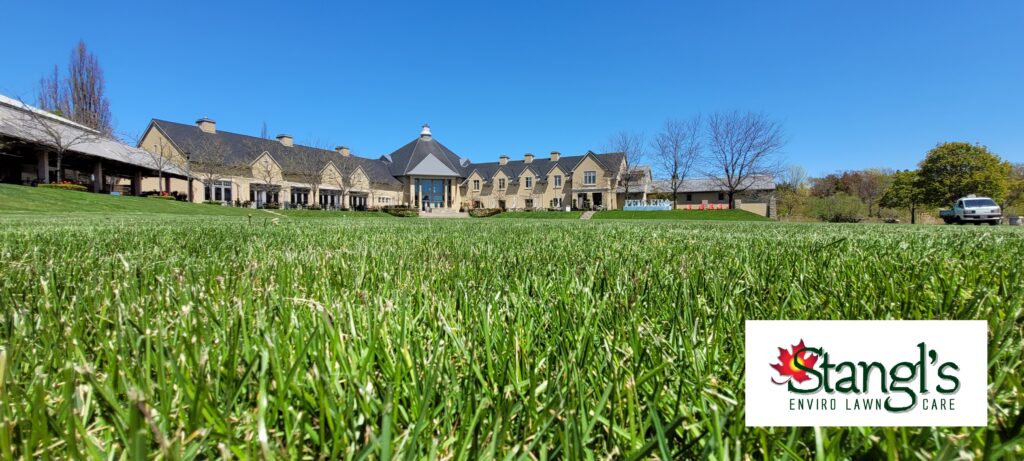In the intricate dance of lawn care, one phenomenon stands out as a natural ally in the battle against weeds: allopathy. By harnessing the power of allopathy, homeowners can cultivate thriving, resilient turf that flourishes in harmony with the surrounding ecosystem. While allopathy isn’t a foolproof solution for weed resistance, understanding its principles and integrating it into your lawn care routine can significantly enhance your efforts to create a healthy, vibrant lawn.
Understanding Allopathy: Allopathy, rooted in plant biology, refers to the ability of certain plants to inhibit the growth of neighboring plants through the release of biochemical compounds. In the context of lawns, allopathy can play a crucial role in weed management and seed establishment. By leveraging the natural allelopathic effects of existing vegetation, homeowners can create conditions that favor the growth of desired grass species while suppressing weed populations.

Strategic Spring Seeding: One of the most opportune times to capitalize on allopathy is during spring seeding. When grass seeds are sown in the spring, they can benefit from the natural allelopathic effects of existing vegetation. As the cover crop or companion plants grow, they release allelochemicals into the soil, which inhibit the germination and growth of weed seeds. This natural weed suppression creates a conducive environment for the establishment and growth of the desired grass species.
In addition to weed suppression, spring seeding allows grass seeds to capitalize on the increased availability of soil nutrients, particularly potassium, that comes with the spring rains. Potassium is essential for the development of strong root systems and overall grass health. By seeding in the spring, grass seeds can absorb potassium from the soil more efficiently before weed seeds have a chance to germinate and compete for resources. This strategic timing not only promotes the successful establishment and growth of grass but also contributes to the long-term health and resilience of the lawn.
Overseeding and Seasonal Maintenance: While spring seeding sets the stage for healthy lawn growth, it’s essential to continue seeding and maintenance efforts throughout the growing season. Overseeding allows homeowners to fill in sparse areas, improve turf density, and enhance the overall resilience of the lawn. By regularly introducing new grass seed varieties, homeowners can strengthen the allopathic effects of existing vegetation and further suppress weed growth.
Integration with Aeration and Nature’s Brew: To maximize the benefits of allopathy, homeowners can integrate spring seeding efforts with core aeration and applications of Nature’s Brew. Aeration helps loosen compacted soil, improve water and nutrient penetration, and create an environment conducive to healthy root growth. By combining aeration with spring seeding, homeowners can enhance the efficacy of allopathy and promote optimal seed establishment.
Nature’s Brew, a potent blend of organic nutrients and beneficial microbes, further supports soil health and plant vitality. By applying Nature’s Brew throughout the growing season, homeowners can stimulate microbial activity, improve nutrient cycling, and enhance the overall health of their lawns. This holistic approach to lawn care fosters a balanced ecosystem where grass thrives and weeds are naturally suppressed.
Conclusion: While allopathy isn’t a silver bullet for weed resistance, it offers valuable insights and strategies for effective lawn management. By understanding the principles of allopathy and integrating them into your lawn care routine, you can create a healthier, more resilient turf that flourishes in harmony with nature. With strategic spring seeding, seasonal maintenance, and the integration of aeration, Nature’s Brew, homeowners can cultivate vibrant, weed-resistant lawns that stand the test of time.
